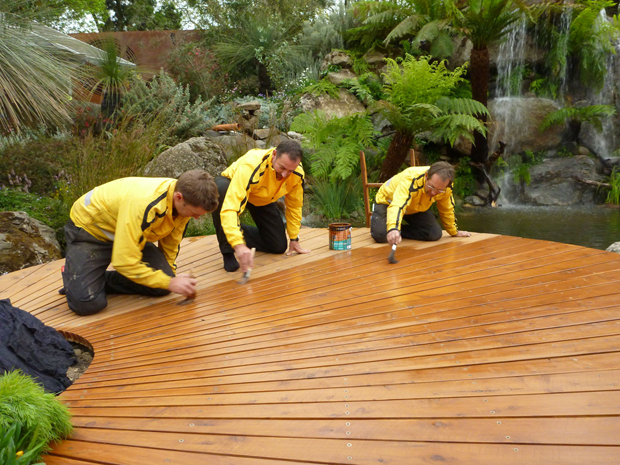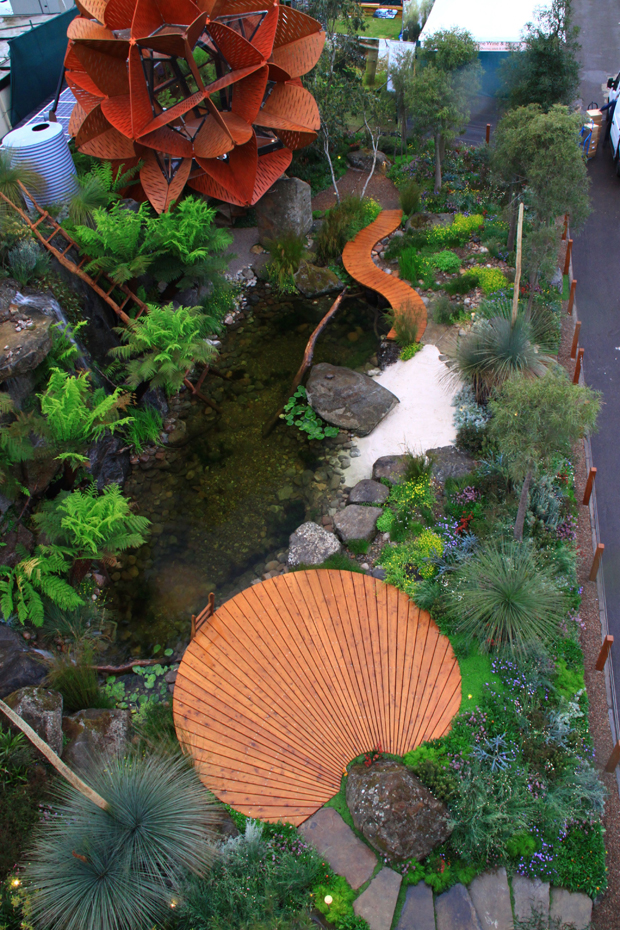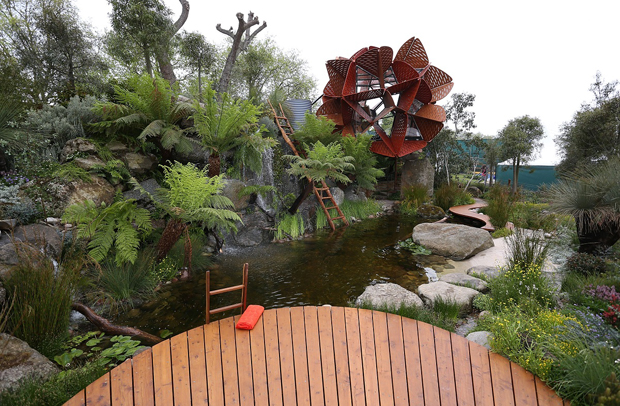Following on from the earlier article about popular timber species in Australia, BPN looks at the latest available timber treatments and how they are used.
Timber finishes are on the rise, with water-based products surpassing traditional timber oils and are continually evolving so as to further nourish and protect timbers, says brand manager - trade for Cabot’s Premium Woodcare Brands Amanda Chalmers.
“Architects now look to brands like Intergrain, which are the forefront of timber technology, whilst being both environmentally viable and easy to apply and use.”
Timber Merchant Association executive officer Eric Siegers confirms this shift saying finishes chosen have changed from solvent-based polyurethane products to water-based polyurethane finish as it has a faster curing time (two days) than the solvent-based product (five to six days).
“It is much easier for the flooring finisher to use and has the added advantage of far less odour produced during application and curing,” he says.
People are also tending to want satin/semi-gloss finish, as opposed to a full gloss surface finish. This is much easier to live with and seems to be the choice when engineered flooring is selected, Siegers says.

Chalmers notes other trends to do with finishes include an increase in demand for dark-coloured finishes for floors, as well as the popular use of white colours in coastal areas.
There has been a move away from classic colours for exterior timbers to lighter tones and bolder looks, already popular in interior design. Intergrain have updated its colour palette, with four lighter tones to reflect this outdoor trend to ensure those in the industry are ahead of the game in architectural and landscape design, Chalmers says.

The latest in landscape design was showcased at the Chelsea Flower Show earlier in the year with the Australian team’s garden ‘Trailfinders Australian Garden presented by Fleming’s’ taking out Best in Show - a first for an Australian team - with innovative uses of timber and finishes playing a significant part in the garden.
Designed by Philip Johnson of Phillip Johnson Landscapes, and keeping with his environmental approach to landscape design, Intergrain’s water-based coatings were used to seal and protect the ‘sunset platform’ timber viewing deck along with a timber boardwalk and architecturally designed timber studio, all forming central features of the garden’s design.

The sustainable habitat featured a monolithic stone gorge, running waterfalls, an architectural designed studio structure and a billabong doubling as a natural swimming pond.
Contributions from Lump Sculpture Studios in the garden included 10 large screens made of laser-cut rusted corten steel, featuring an intricate wood stack pattern that picked up the flora theme.

